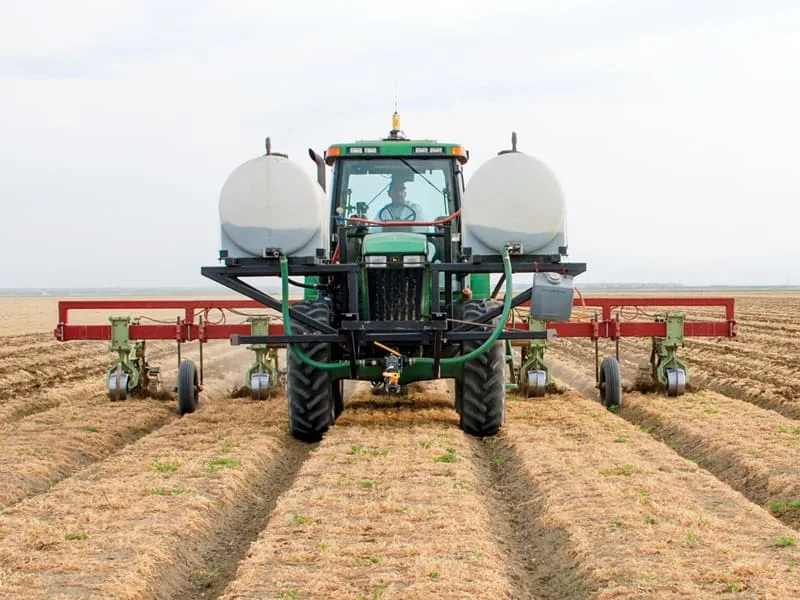"Reduce the volume of soil disturbed.” That was the powerful and prophetic piece of advice that I received back in 2002 from Don Reicosky, the legendary USDA ARS soil scientist from Morris, Minn., when I dropped him off at the Sacramento, Calif., airport after we had hosted him in California to help us get started with reduced disturbance production techniques.
Looking back on it now, that was a pretty revolutionary thing to encourage back in the early 2000s when our Conservation Agriculture Systems Innovation Workgroup hosted not only Don, but also other no-till and strip-till leaders including Dwayne Beck, Jerry Hatfield, Mike Petersen, Rolf Derpsch, Andy McGuire and John Landers.
At that time, less than 2% of our state’s annual crop acreage was farmed using anything approaching these sorts of reduced disturbance practices. Highly-intensive, clean cultivation tillage was the dominant way to go, by far, at that time.
Today, however, we are seeing unprecedented transformations of tillage management systems for a relatively wide variety of crops throughout California’s Central Valley and strip-tillage is now finally getting a good look in this region of historically quite intensive tillage practices.
This is not to say or give the impression that we’re seeing wholesale changes in tillage management, but there have been a series of definite indications and innovative advances, as well as a fomenting interest in reduced disturbance in the state that is both real and remarkable. Consider 3 highlights of what’s been happening out here.
1. Strip-Tilling Tomatoes
As early as 2003, farmers Alan Sano, Jesse Sanchez and Steve Fortner of Firebaugh, Calif., began figuring out equipment and transplanting techniques for both their processing and fresh market tomato plantings. They sought to couple center-of-the-bed strip-tillage into chemically-burned down cover crops in 60-inch beds that had subsurface drip tape at about 10-12-inch depths.
Early equipment prototypes included narrow roto-tiller mulchers and Yetter residue managers and early-generation strip-till row units. Later, large-scale, 5-row Orthman 1tRIPrs were also used.
2. Strip-Tilling Silage Corn
At about that same time, a small number of Central Valley dairy farmers including Dino Giacomazzi of Hanford, Calif., and Tom Barcellos of Tipton, also began exploring strip-tillage options and opportunities for cutting out the bulk of inter-crop tillage operations between winter triticale harvest and summer corn seeding and the time and money that these operations take.
Those early days of exploration and the trial-and-error work involved with correcting mistakes and negotiating a full range of learning-curve challenges, the practice of strip-tillage silage corn production went from less than 2% of planted acreage to over 40% in just 10 years.
This growth was due in part, to the private sector consulting company California Ag Solutions that was led initially by Monte Bottens now of Cambridge, Ill., but later by Silas and Matt Rossow and Cary Crum. They provide strip-till and Precision Planting equipment for a service fee to help new farmers get started.
Their custom strip-till system employs an 8-row GPS-enabled Orthman 1tRIPr pass, followed by surface gravity-flow pre-irrigation, and a second pass using a Yetter finishing tool before seeding.
3. Strip-Tilling Organic Vegetables
Perhaps the most challenging and yet also the most exciting application of strip-tillage currently underway in California is in organic vegetable production. A group of quite progressive farmers including Scott Park of Meridian, Calif., Phil Foster of Hollister, Tom Willey of Madera, and Paul Muller and Andrew Brait of Guinda, are all working together with a number of other farmers, private sector affiliates and partners from the University of California-Davis, Cal State Chico and Fresno universities, and the USDA ARS in Salinas, to devise and refine strip-tillage practices for organic vegetables.
Click here to view a gallery of more California specialty crop strip-till photos.






